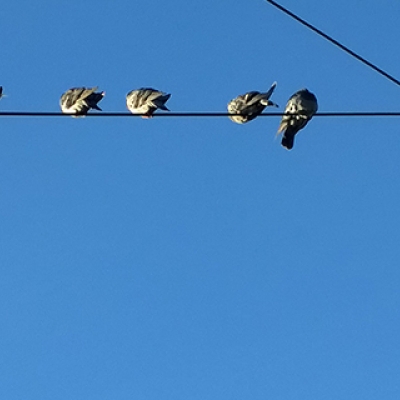
Rants from the Hill: Pleistocene rewilding
By Michael Branch / On September 25th, 2012
In a 2006 article [PDF] in The American Naturalist, a small herd of perfectly respectable conservation biologists advocates a bold ecological restoration project they call “Pleistocene Rewilding.” The concept itself is outrageously wild. First of all, “rewilding” is the process of reintroducing species to ecosystems from which they have been extirpated—usually by that big bully, Homo Notsosapiens.

